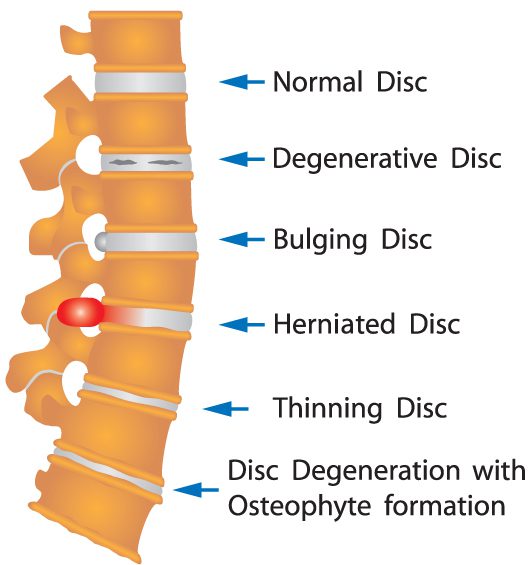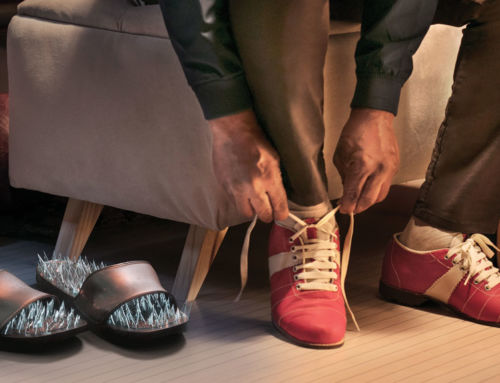An estimated 5 million people in the United States live with chronic discogenic pain. Your doctor may have discussed this diagnosis during your exam, and may have confirmed the diagnosis with an MRI. So what does this mean? Is it the same as a herniated disc?
Yes and no. Discogenic pain originates from a damaged vertebral disc, in particular from degenerative disc disease. Disc degeneration happens naturally as we age, but not all degenerated discs cause pain. Once a disc has fully degenerated, it no longer has inflammatory proteins that can cause pain and enters into a stable position.
When is it “Discogenic Pain”

Discogenic pain is thought to occur in relationship to disc degeneration. It’s theorized that this pain occurs when nerve receptors located in the outer part of the annulus are irritated by inflammation or other conditions. For example, if the inflammatory chemicals from an annular tear reach the nerves in the outer part of the annulus, the tear may be the cause of discogenic pain.
Genetics can also influence the chemical composition of discs, which can lead to discs drying out faster than normal and becoming less capable of evenly bearing the spinal load. Damage to the edge of the vertebra adjacent to the disc may also occur.
Symptoms of Discogenic Pain
The main symptom of discogenic pain is an aching pain localized in your back. Unlike many kinds of back pain, discogenic back pain doesn’t refer to your leg or arm and does not impact your ability to use your limbs.
Discogenic low back pain usually worsens when your spine is compressed through activities like sitting, bending, or coughing. This type of pain typically subsides when you lie down, relieving the compression. Discogenic neck pain is worse you turn or tilt your head, or when you hold your head in one position too long. Muscle spasms sometimes accompany discogenic neck pain.
Treating Discogenic Pain
Discogenic pain can come and go, and sometimes subsides on its own. Depending on the nature and severity of your pain, your doctor may start with conservative treatments, such as anti-inflammatory medication or physical therapy. Severe pain that doesn’t respond to conservative treatments, or that is too severe to maintain a physical therapy regimen, may be treated interventionally. An injection at the root of the pain can make you more comfortable, and offer enough relief for you to continue with physical therapy. With either interventional pain management or physical therapy, the overarching goal is to strengthen and support the spinal structure to allow you to live pain free in the long term.
Ready to Get Started?
If you’re struggling with back or neck pain that you think fits this description, you can’t always afford to wait through a process of exams referrals, imaging, and diagnosis before you can finally get some relief. SpineOne is a comprehensive spine care center, which means one location for exam, imaging, and treatment. Our specialist physicians and state-of-the-art imaging center work together to give you optimal care for your disc pain when you need it most: right now. Contact one of our team members to set up a same-day appointment and learn more.


